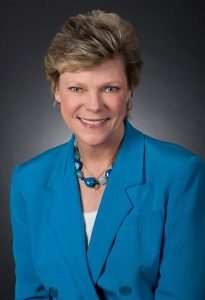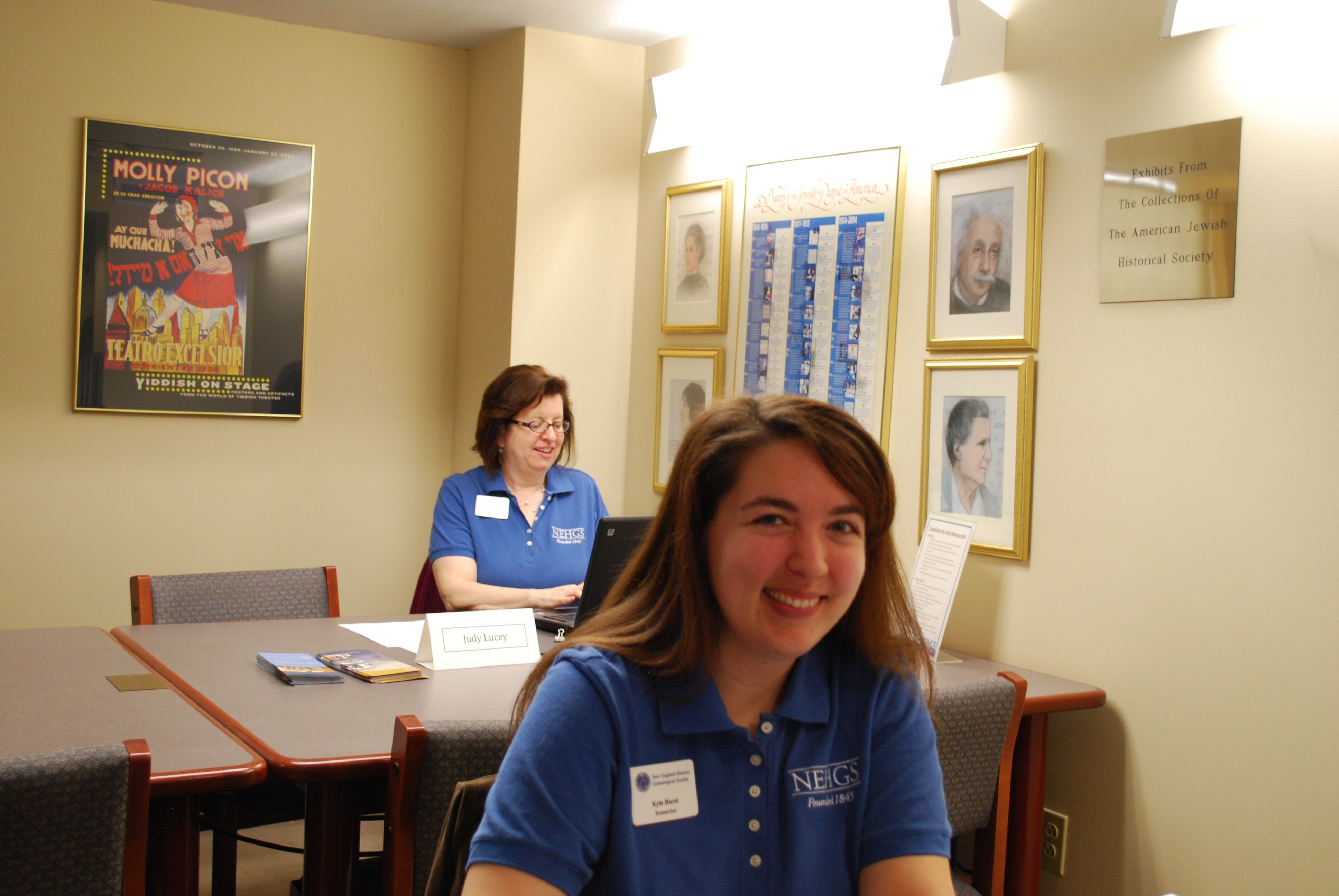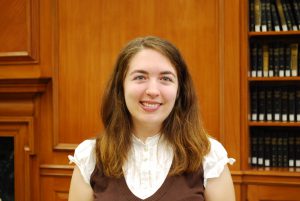 From the very beginning, the New England Historic Genealogical Society intended to publish works helpful to genealogists. In fact, the first section of the 1845 charter stated that the founders had formed a corporation “for the purpose of collecting, preserving, and occasionally publishing genealogical and historical matter relating to early New England families.” Since then, NEHGS has had a vibrant history of publishing, so let’s take a whirlwind tour through that publishing timeline.
From the very beginning, the New England Historic Genealogical Society intended to publish works helpful to genealogists. In fact, the first section of the 1845 charter stated that the founders had formed a corporation “for the purpose of collecting, preserving, and occasionally publishing genealogical and historical matter relating to early New England families.” Since then, NEHGS has had a vibrant history of publishing, so let’s take a whirlwind tour through that publishing timeline.
In January 1845, according to the proceedings, “a committee was appointed to prepare a circular for the use of the Society.” That November, the Society formed a committee to publish a journal “devoted to the printing of ancient documents, wills, genealogical sketches and Historical and antiquaria matter generally.” Continue reading A publishing timeline








